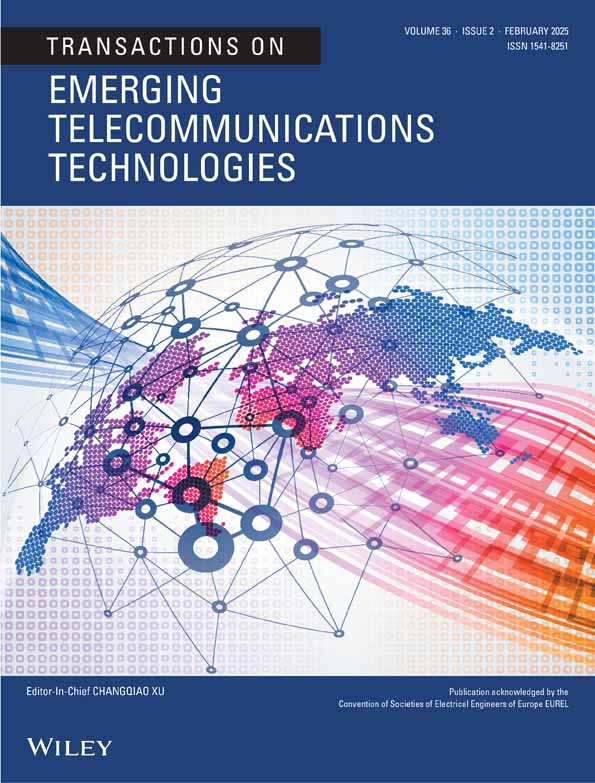Data-Aggregation-Aware Energy-Efficient in Wireless Sensor Networks Using Multi-Stream General Adversarial Network
ABSTRACT
The lifetime of a wireless sensor network (WSN) can be impacted by the energy consumption of the routing protocol, because small sensor nodes are typically hard to recharge after deployment. Generally, data aggregation is employed to decrease the data redundancy and save energy at each node in a WSN. Traditional routing protocols frequently fall short of handling the complexities of data aggregation while getting energy efficient. In this paper, Optimized Multi-Stream General Adversarial Network espoused Data-Aggregation-Aware Energy-Efficient Routing Protocol for WSN (MSGAN-RPOA-DAA-EERP) is proposed. Here, Multi-Stream General Adversarial Network (MSGAN) is used for routing protocol. Then the Red Panda Optimization algorithm (RPOA) is proposed to optimize the MSGAN to increase the network lifetime of WSN. The proposed model is used to maximize the parameters such as data aggregation, communication energy and node residual energy. The proposed MSGAN-RPOA-DAA-EERP method attains 20.28%, 27.91% and 17.53% lower energy consumption when compared to the existing methods, like Energy-efficient cross-layer-basis opportunistic routing protocol and partially informed sparse autoencoder for data transfer in WSN (EECOP-PIAS-WSN), Improved buffalo optimized deep feed forward neural learning dependent multiple path routing for energy efficient data accumulation (IBO-DFFNL-EEDA), Effective communication in WSN utilizing optimized energy efficient engroove leach clustering protocol (EC-WSN-EEELCP) respectively.
Open Research
Data Availability Statement
Data sharing not applicable to this article as no datasets were generated or analyzed during the current study.




